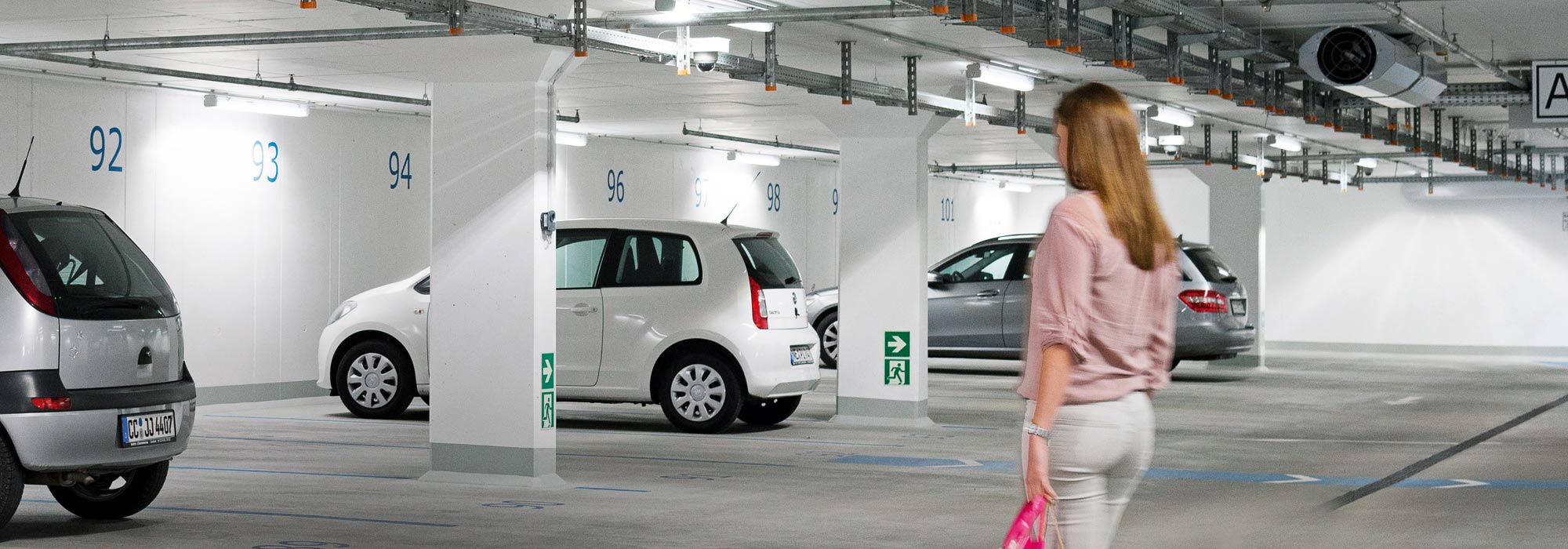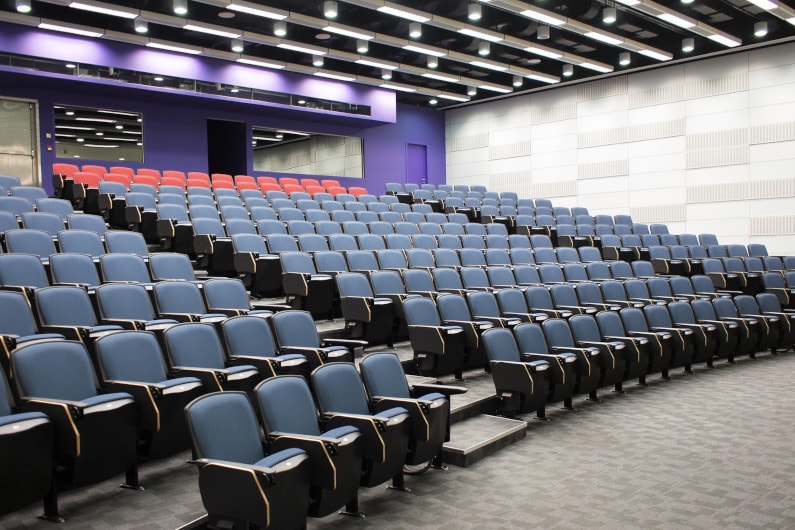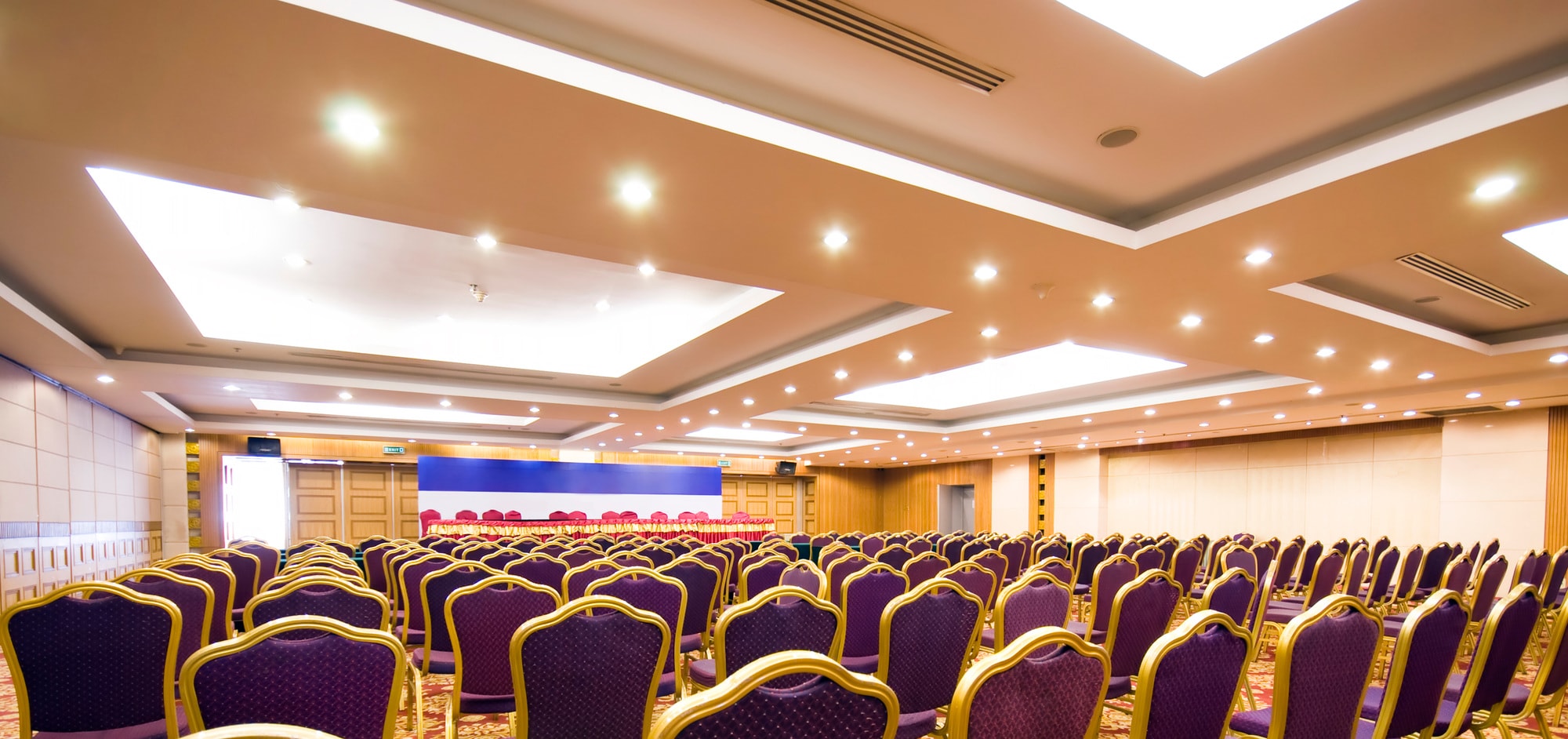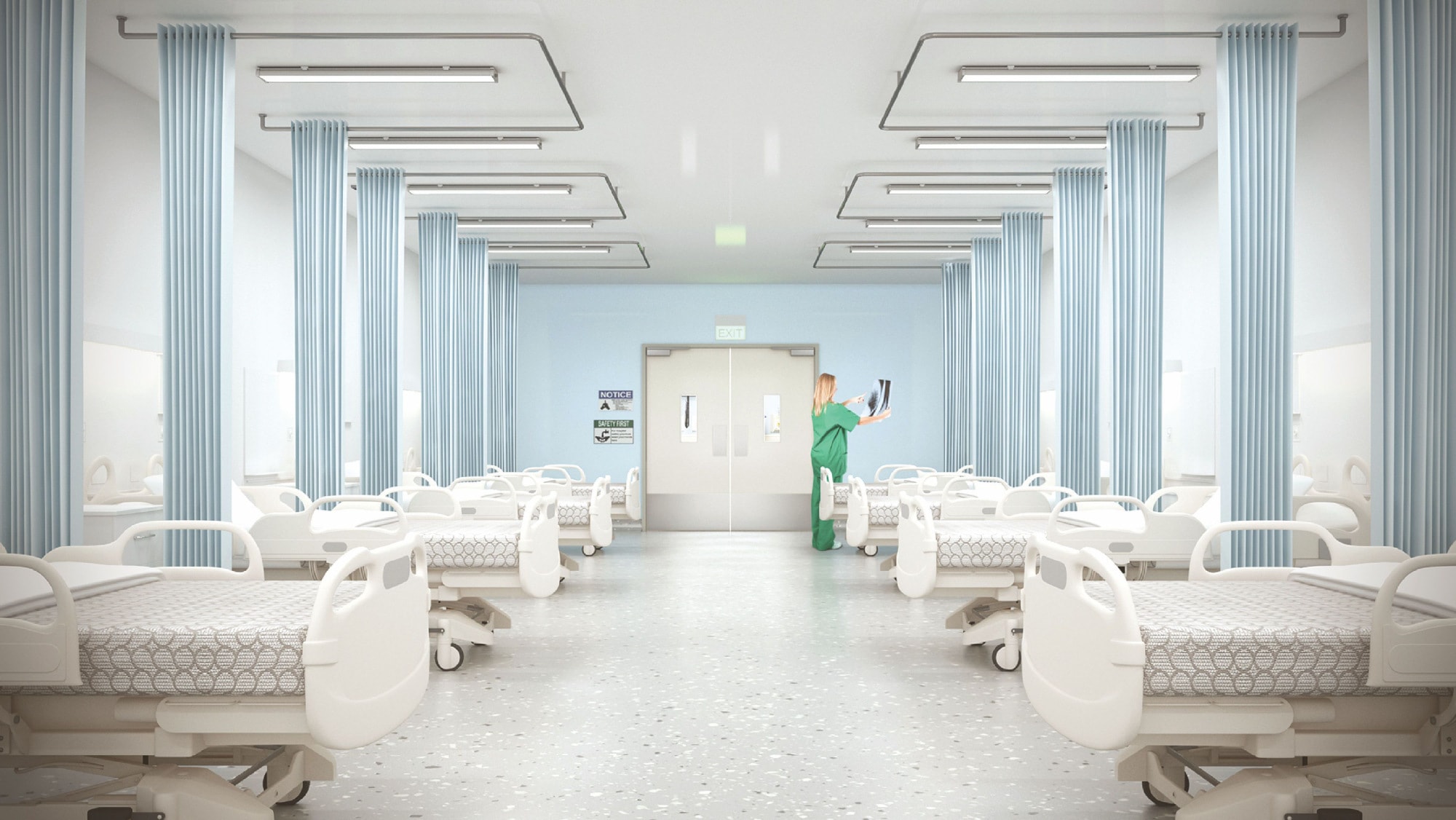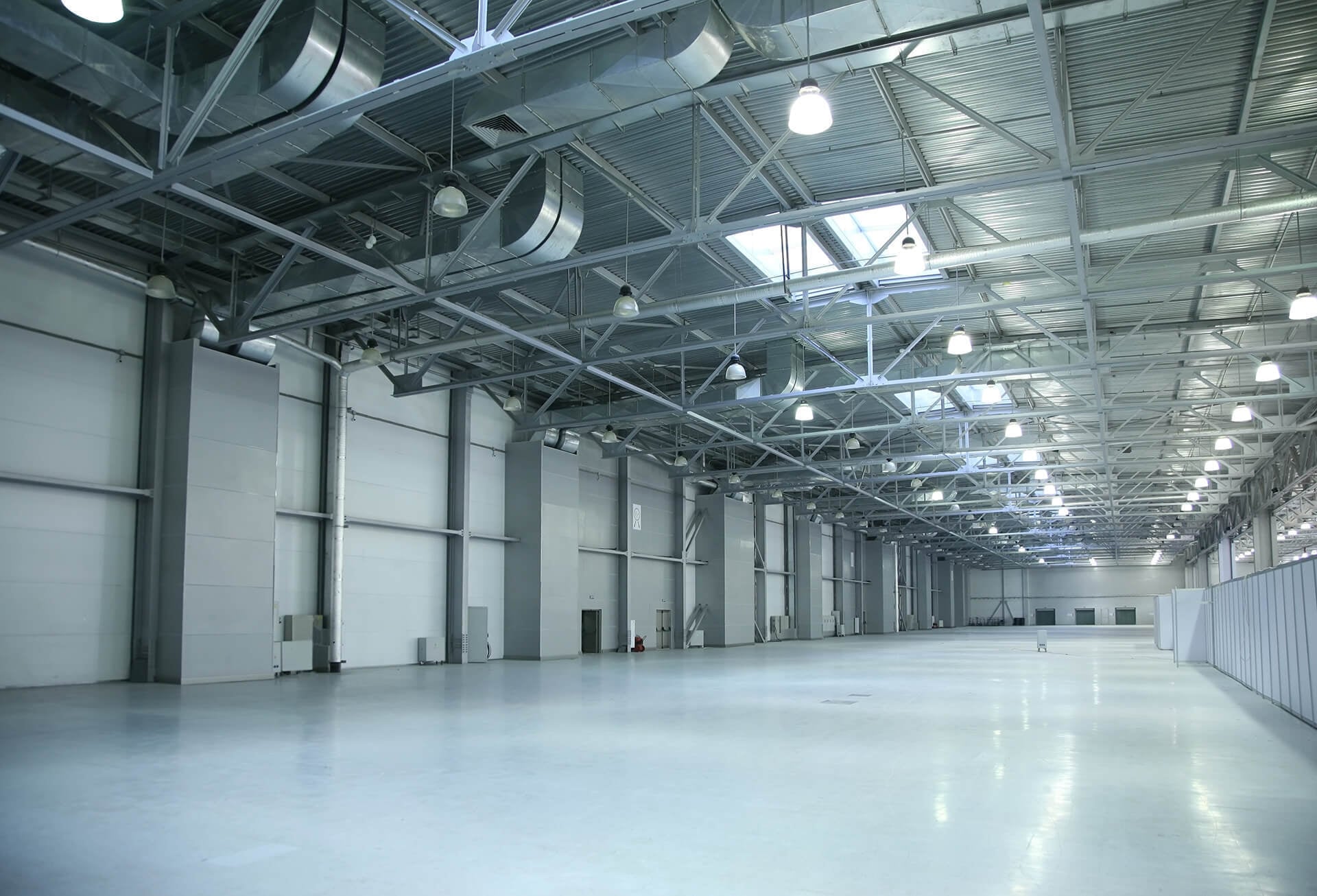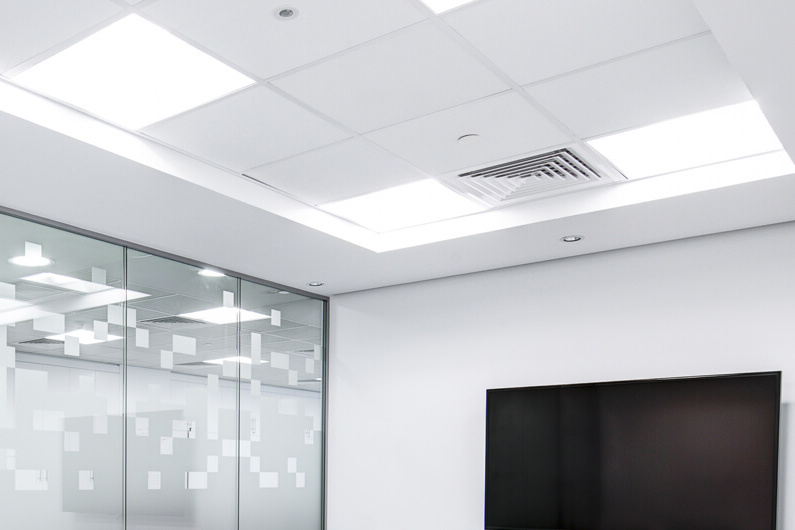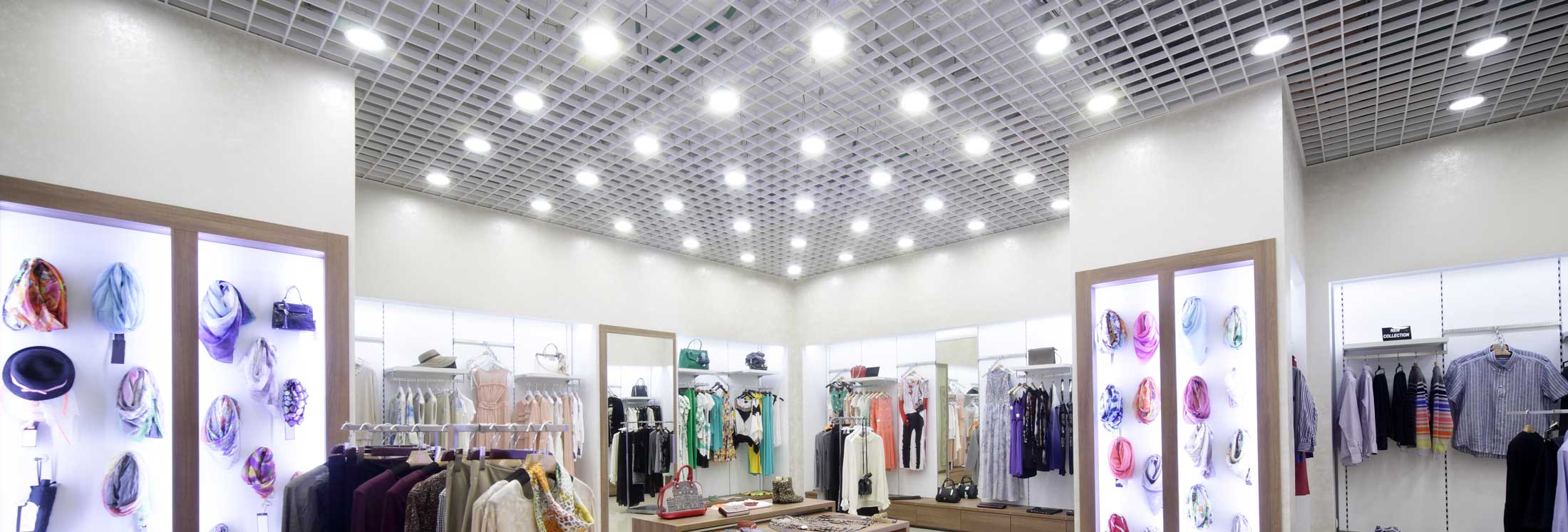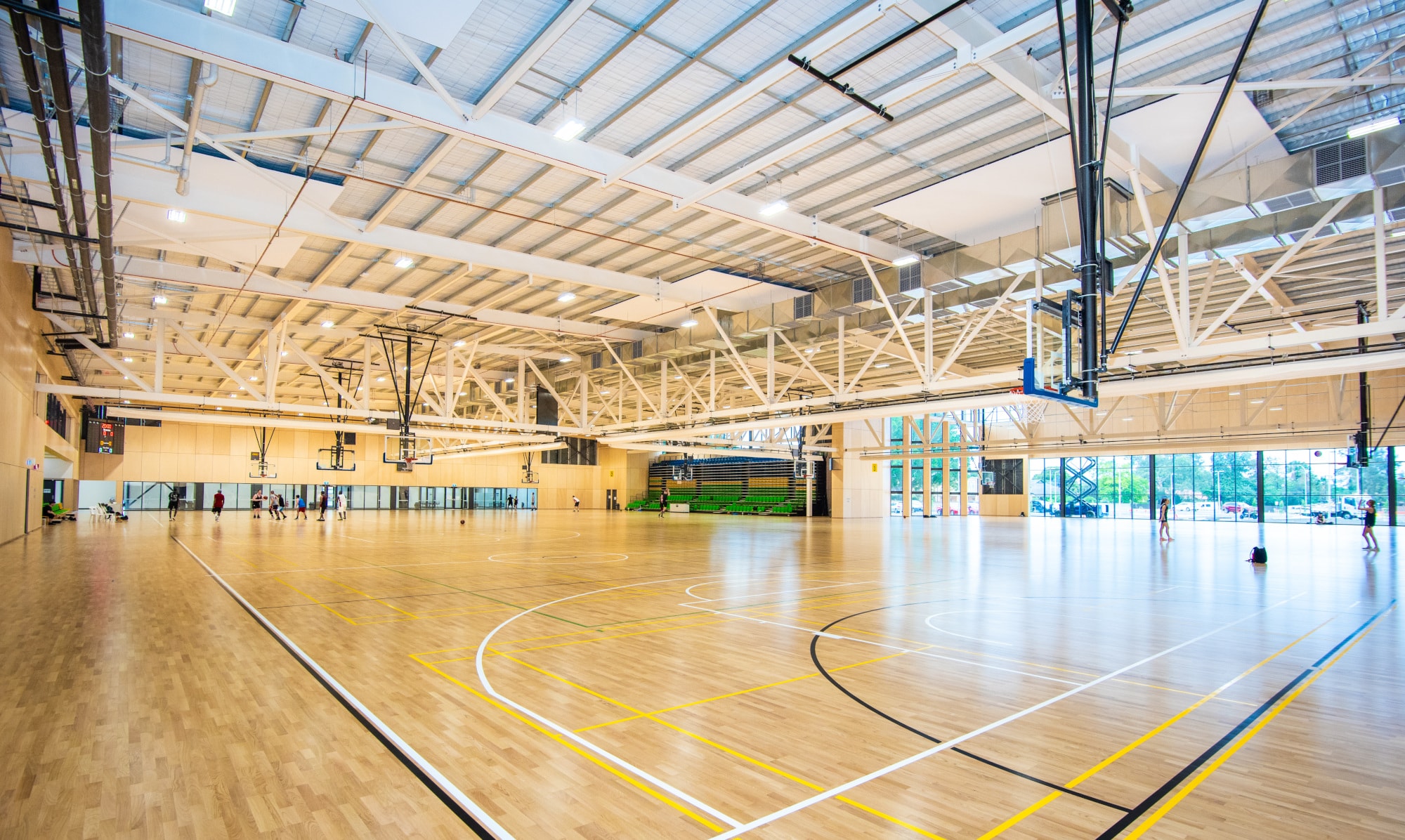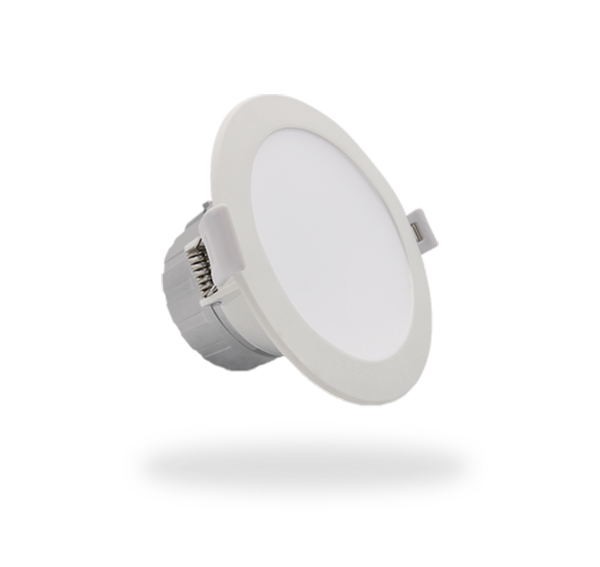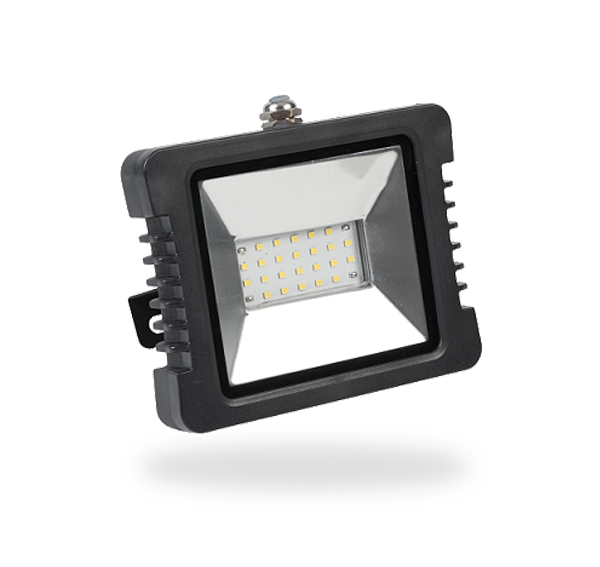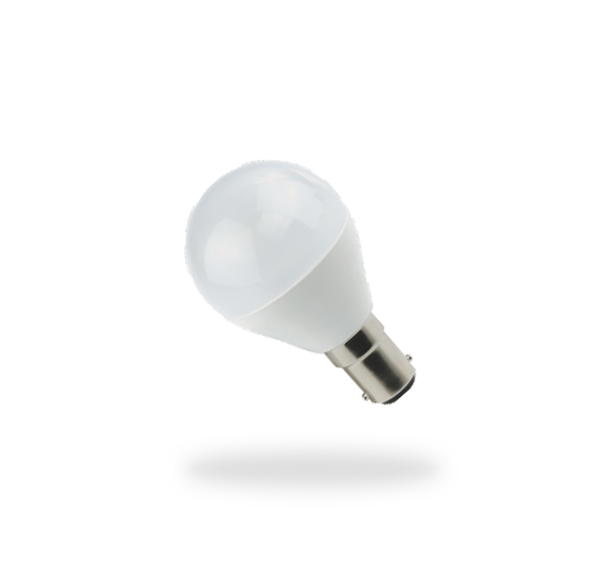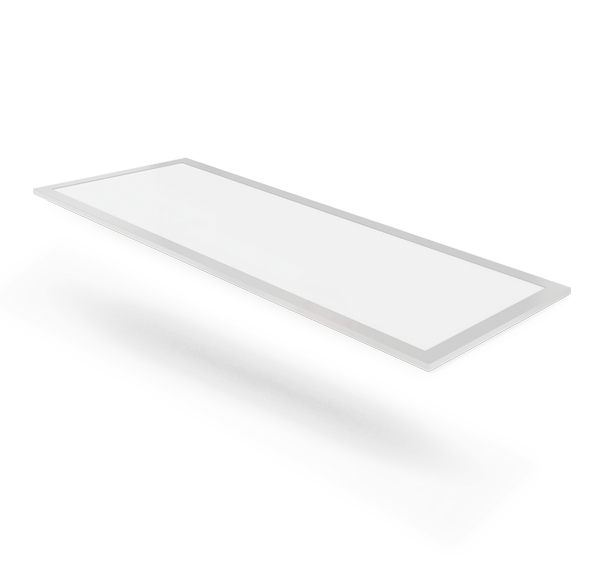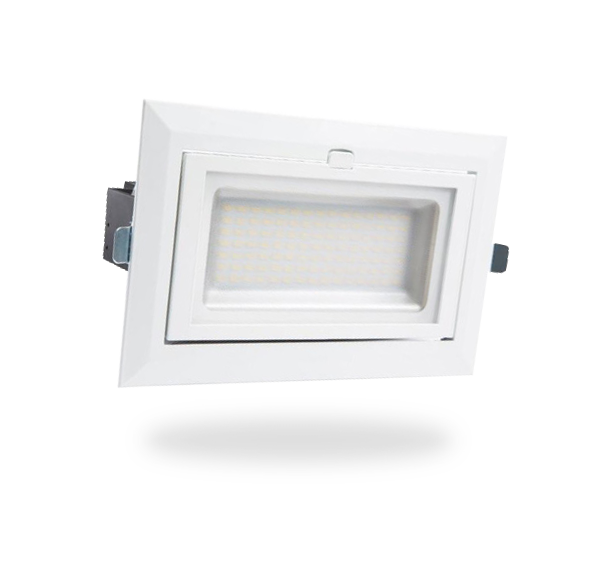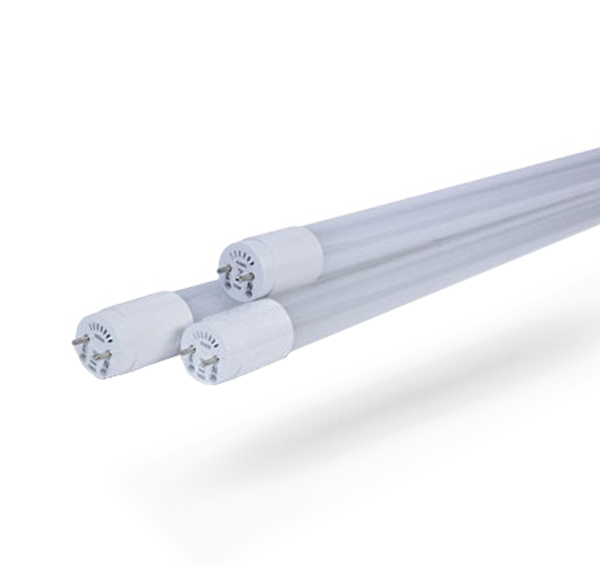Imagine saving thousands of dollars annually, improving staff productivity and positively contributing to the environment.
Well, that’s the reality of what LED lighting can do for your workplace. When it comes to workplace lighting, there are three common alternatives:
- Incandescent lighting
- Halogen lighting
- LED lighting
When you rely on incandescent lighting, you are choosing a light that uses 10 percent of the energy it consumes (at most) to make visible light.
The remaining 90 percent is wasted on heat.
Similarly, halogen lights use only 20 percent to make visible light.
On the other hand, LED lighting uses 90 percent of its energy to produce light, losing only 10 percent as heat.
So before you upgrade to LEDs, there’s 9 critical things you must know.
We have created this guide to help you understand your lighting options and make an educated decision about what’s best for your business and its triple-bottom line in the long-term.
How much is your current lighting bill?
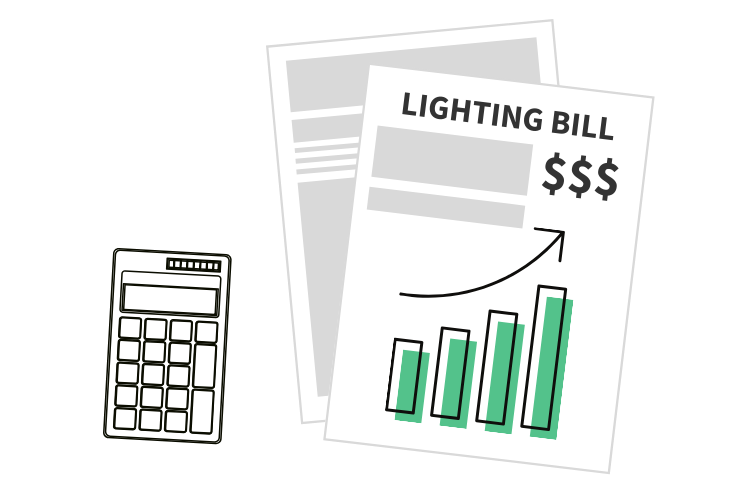
It’s easy to overlook how much your lighting can cost to run.
Depending on the type of lights you have, the money you can save can be staggering – especially if your workplace requires lighting 24/7.
To produce the same output of 720 lumens, for example, the approximate wattage required by each bulb is:
- Incandescent – 60 watts
- Halogen – 42 watts
- LED – 12 watts
Now, if you multiply that by the number of lights you have and your usage rate, you’ll quickly notice a MASSIVE cost difference.
So if you’re using incandescent or halogen lights, you could be costing yourself THOUSANDS every year. In fact, these lights traditionally cost 80% more to run than LED bulbs.
Although replacement LED bulbs may be more expensive to purchase upfront, they are by far the most efficient light, and require little electricity to produce the same amount of light as other sources.
Here’s how the 3 different types of lights compare:
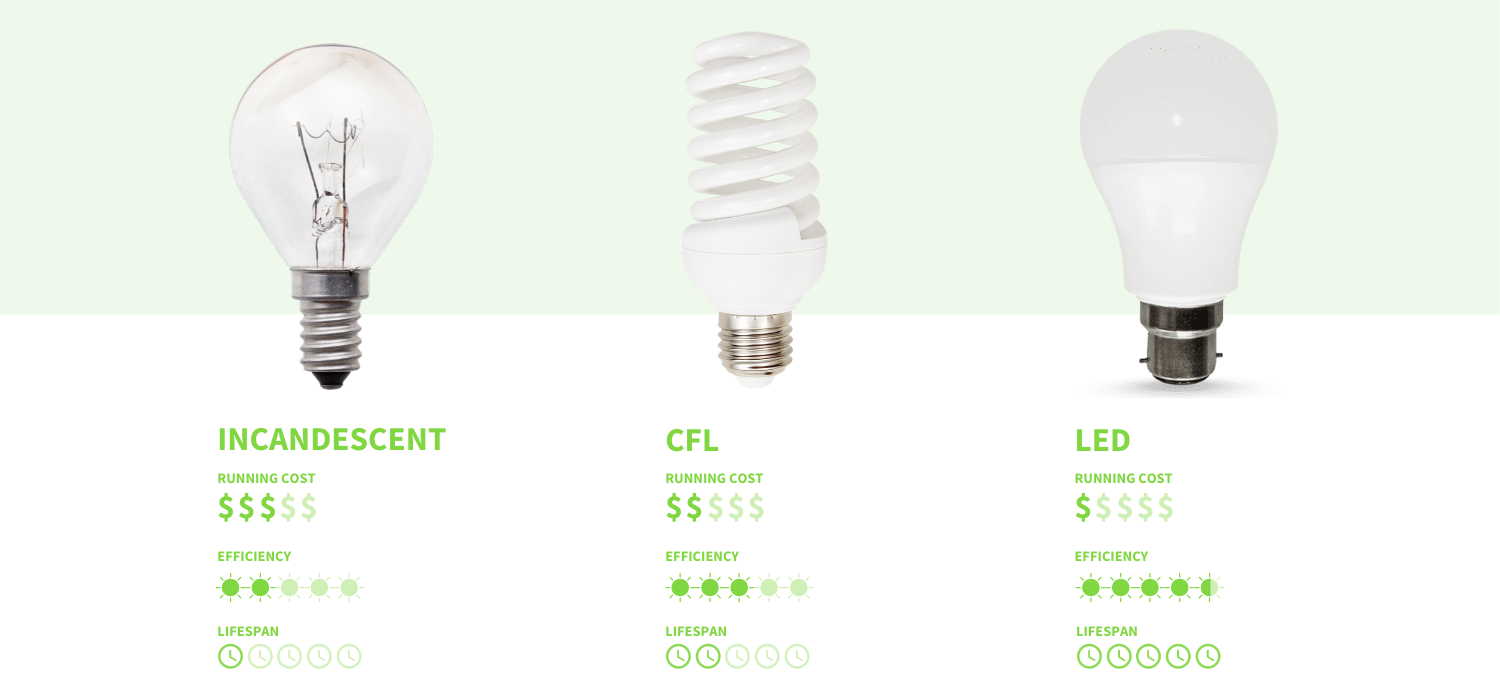
Will your business benefit from an LED upgrade?

No matter what industry you operate in, good lighting is vital to the health and safety of your employees.
Unlike traditional lighting options, LED installation can be tailored to suit your exact workspace and the nature of work conducted in your workplace.
Sectors that receive instantaneous benefits from upgrading to LED include:
Besides the functionality of tailoring lighting to your business to maximise efficiency, it also improves the overall appearance of your workplace and have been proven to improve the mood and productivity of the workforce – it’s a win-win-win.
Is your lighting tailored to your business?
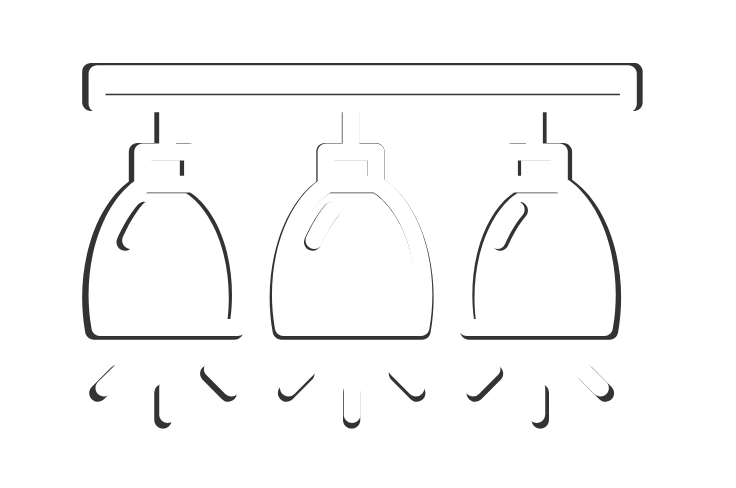
While LED lighting is the perfect solution for any commercial environment, not every space is created equal.
Your physical workspace and the nature of your work play a huge role in determining the type of lights your workplace needs.
If the way you use your commercial space has changed, it is likely that the space will also require a lighting change.
An expert lighting consultant will help you determine the optimal lighting plan tailored to your business and space from the following LED products:
Different LED products work best under different conditions and in different areas, and no two workplaces are the same. With a wide range of fittings for both indoor and outdoor applications, upgrading has never been easier.
How much lighting do you really need?

Have you ever thought that you are using more light than you need? How much extra money is it costing you to unnecessarily illuminate an area?
Optimising your lighting plan is much more complex than settling on a number of lights.
Instead, a major factor to consider is lux. Lux is the derived unit of illuminance; put simply, it is the unit used to measure the intensity or brightness of light.
How the human eye perceives light is vital but varies a lot based on the individual situation.
Ceiling height impacts the amount of light you see in your work area and therefore, will impact how much light you really need.
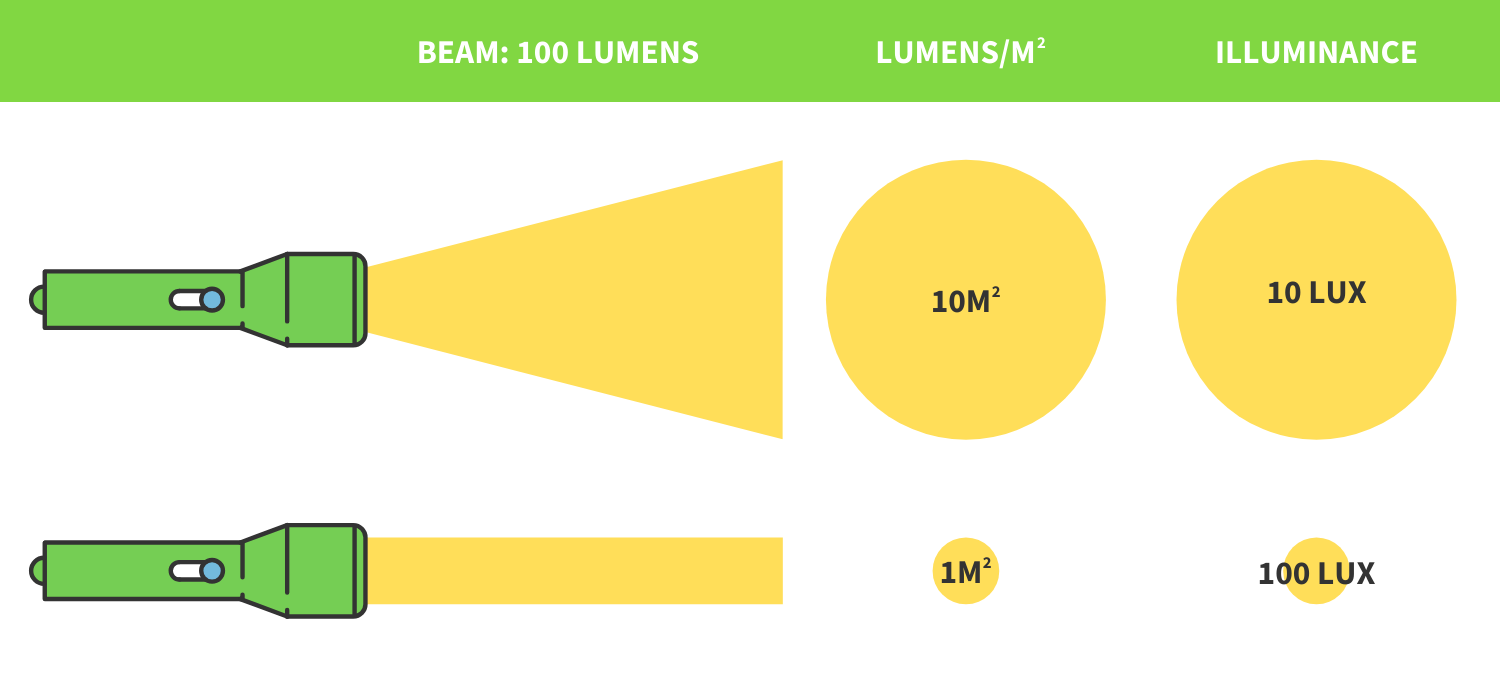
The angle of light will also play a role and is determined by the space between lights. The closer your lights are to one another, the lower the beam angle required.
Finding the right lux and angles are vital to ensuring the required area is properly lit, while also enhance your lighting plan and minimising costs.
Does lighting affect employee productivity?

It’s no secret that lighting contributes significantly to the operational costs of a company. However, creating good lighting within a workspace is non-negotiable.
If you find that work makes you or your employees drowsy, it is most likely due to the lighting.
At home, the majority of people are used to traditional halogen lights that produce a colour temperature of around 3,000K. This produces a warm, comfortable light.
However, optimally lit workplaces are almost double that at between 5,000 and 6,000k.
This increases alertness and creates better ambience and aesthetic, making it a pleasant place for your workforce to spend their days. As a result, staff productivity subconsciously skyrockets.
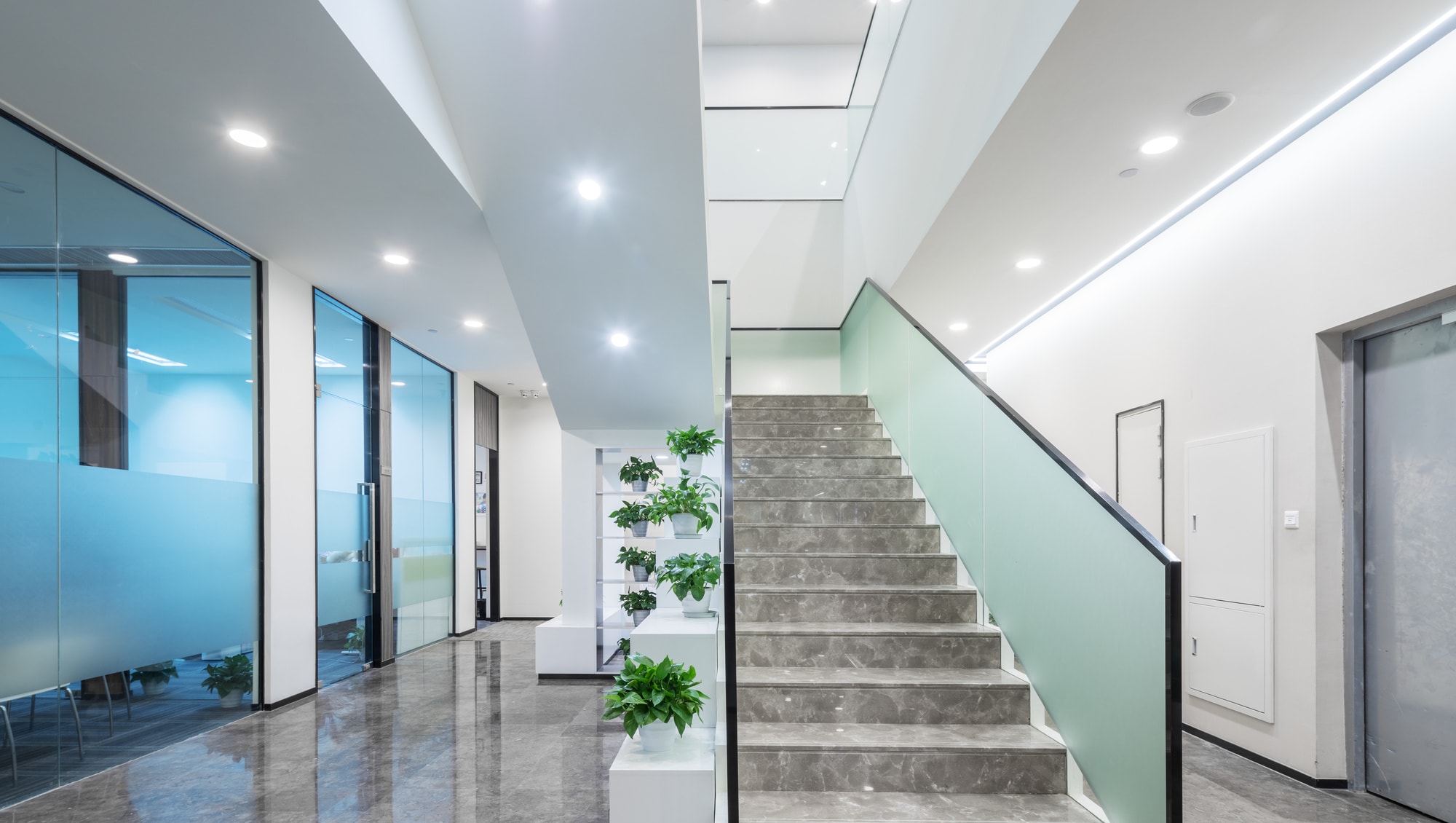
Does lighting impact your environmental footprint?

Traditional fluorescent lights contain noxious chemicals, such as mercury, and use an incredibly large amount of energy.
LED lights do not contain any toxic elements and are 80% more efficient than traditional lighting. Consequently, they reduce greenhouse gas emissions and lower your business’ environmental footprint.
Plus, LEDs efficiency and brightness mean that less lights are needed and less replacements are required, which in turn generates less waste and disposal.

What are the long-term benefits for a business using LED?

While incandescent and halogen lighting can have an appealing upfront cost, they are significantly more expensive to run over the long-term.
No matter the size of your business, the benefits of LED lighting are significant and have a long-term impact, including:
- Reducing your lighting costs by up to 80%
- Running much cooler, meaning you also save on air conditioning costs
- Reducing replacement costs with a lifespan of over 50,000 hours – that’s between 5 and 10 times longer than halogen lights
- Requiring minimal to no maintenance
- Significantly brighter light for significantly longer
- Generating fast ROI, meaning you get your money back in savings anywhere from 6 months and onwards
Are government incentives available for lighting upgrades?
LED lights are undoubtedly the way of the future. That’s why the government offers LED upgrade incentives.
But how does it work?
Your energy provider creates Energy Savings Certificates (ESCs) for each notional MWh of energy that your project saves. This helps businesses like yours to reduce energy consumption and therefore, electricity costs.
Businesses will first need to undergo an on-site assessment from a qualified consultant, who will work out how much energy you will save by upgrading to LED. These savings are converted into ESCs. Electricity retailers buy these ESCs and the money from their sale is returned to the businesses who generate them.
All that’s required is that you contribute a net amount of at least $5 (excluding GST) for each MWh of energy saved towards the cost of the goods and services that make up the lighting upgrade (minimum co-payment).
How much money will an LED upgrade really save your business?
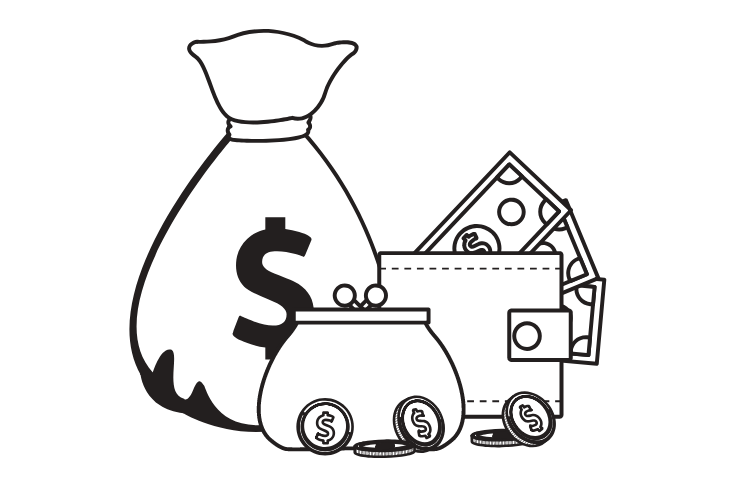
The beauty of LED is that it is tailored to your needs, your business and your space to provide optimal lighting at the lowest cost. Therefore, there’s no simple answer to this question.
If an LED upgrade is something you’ve been considering, it’s important to know that the savings will stack up faster than you think. In fact, most LED upgrades pay for themselves within 6 months.
Still not convinced LED will save your money?
Here’s how much Esena Energy helped Foodland save by upgrading to LED:
Before their upgrade, Foodland Yankalilla’s annual lighting bill was $24,636.
They upgraded to 532 LED tube lights.
This reduced their next annual bill to just $10,711. In the first year alone, this was a 57% ($13,925) reduction in lighting and maintenance costs.
That’s a cumulative 10 year saving of over $150,000!
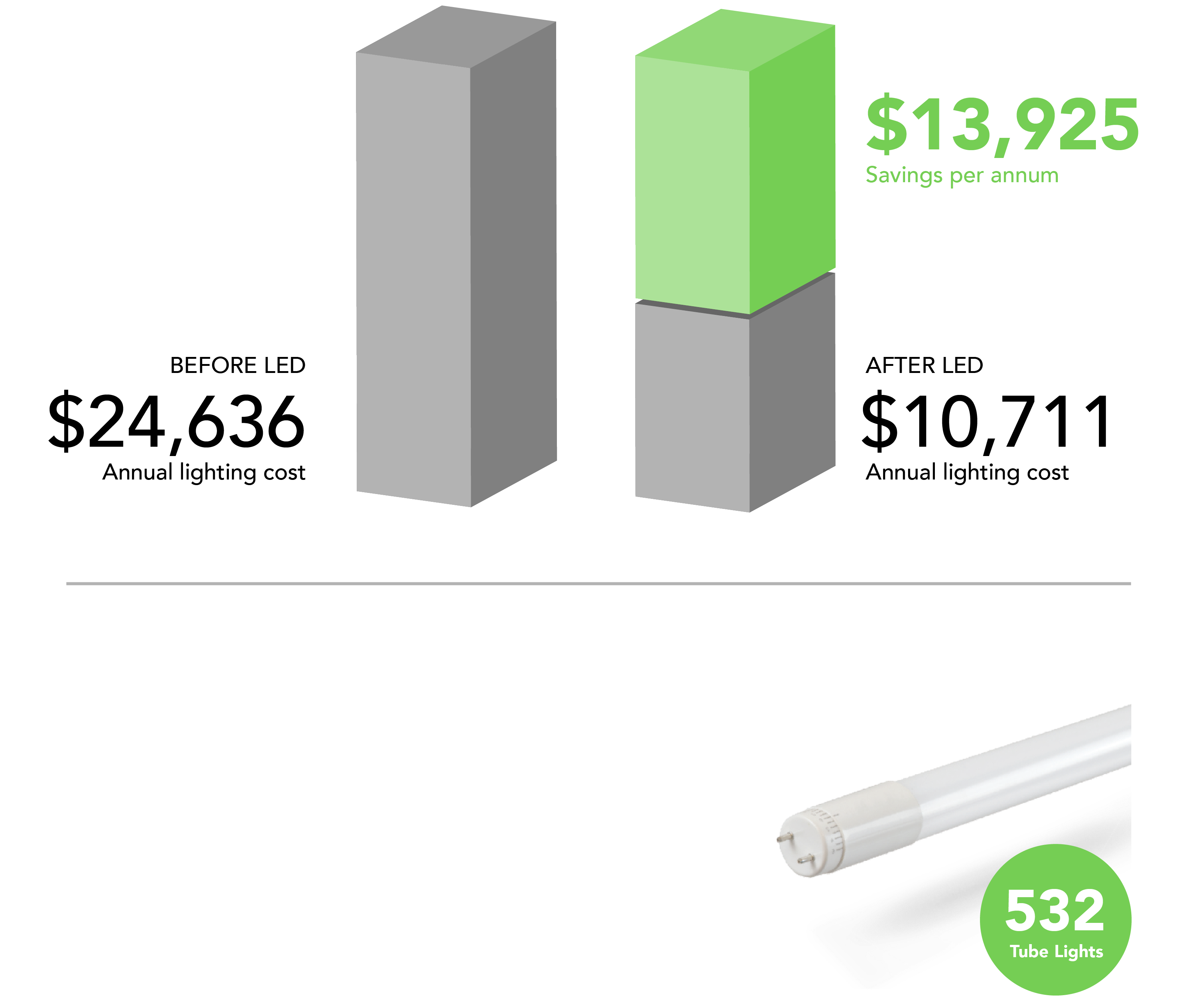
Ready to start saving?

Before it comes time to pay your next commercial electricity bill, it is important to consider the proportion of the cost that is associated with lighting your workplace.
By paying more for inefficient lighting, you will have to make compromises in other areas of your business.
Instead, you could be receiving government incentives to light your workplace brighter, better and more effectively.
At Esena Energy, we have helped thousands of businesses optimise their lighting with LEDs to save a fortune on their lighting costs, while improving staff performance and reducing their carbon footprint.
We guarantee you that once you upgrade to LED, you will wonder why you didn’t make the switch sooner!

